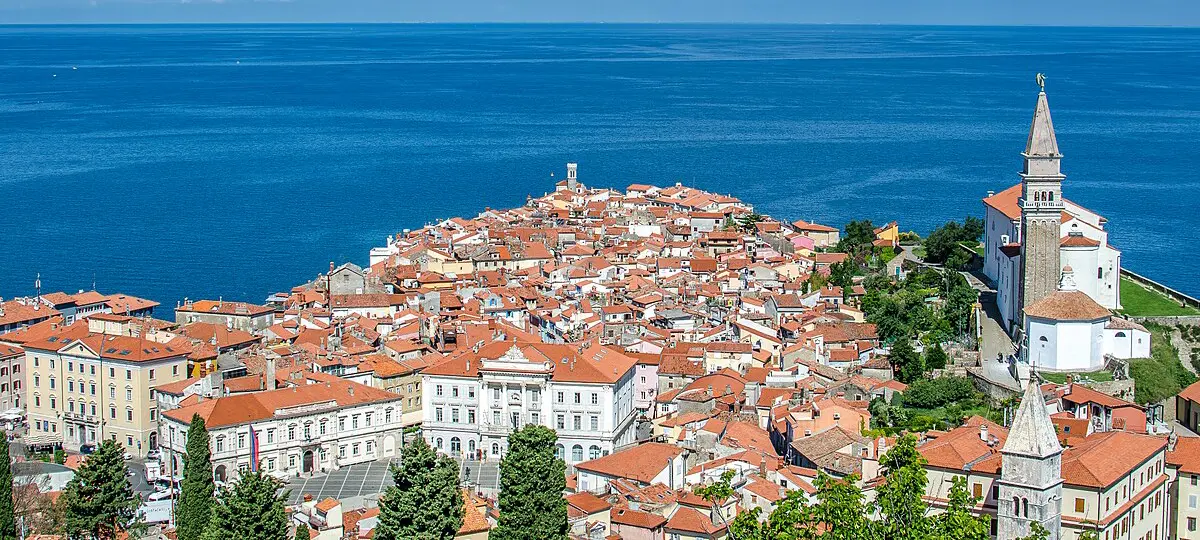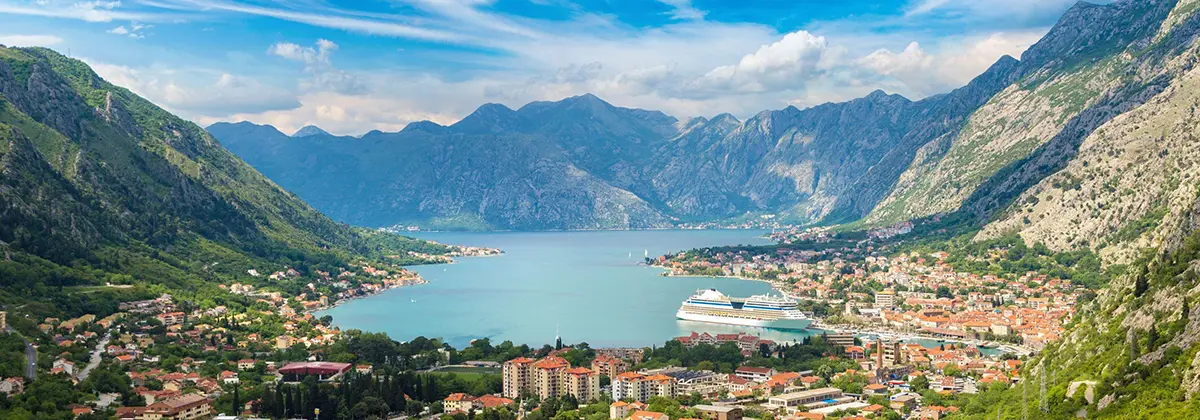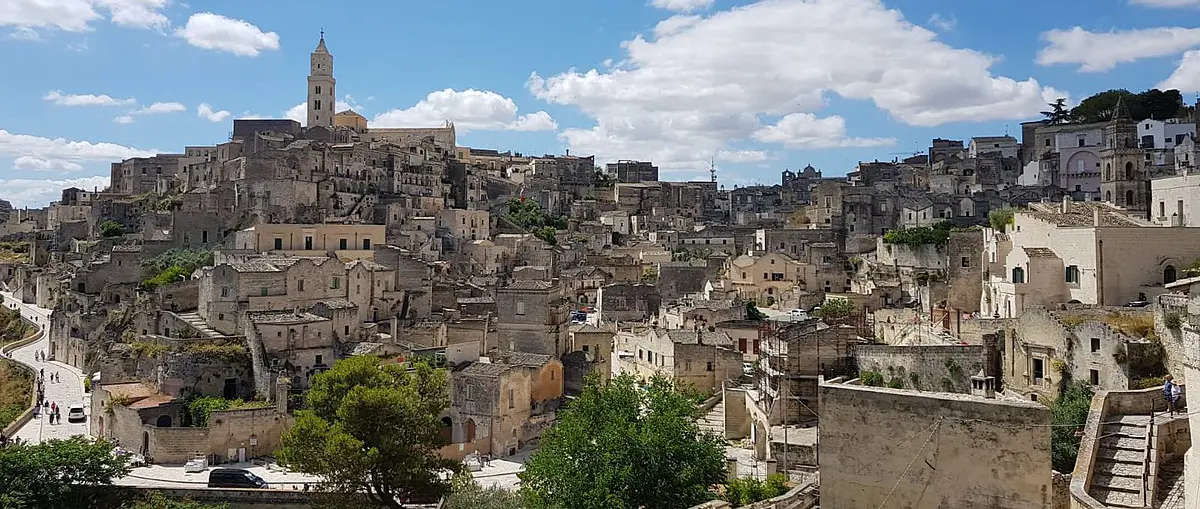Europe, a continent steeped in history and cultural diversity, is renowned for its iconic landmarks and bustling cities. However, it also holds countless hidden gems waiting to be discovered by those eager to explore beyond the usual tourist traps. This blog post aims to guide you through some of Europe’s lesser-known but equally breathtaking destinations. From charming villages to serene natural landscapes, we’ll provide you with practical tips, historical context, and insights to enhance your travel experience.
Top Hidden Gems of Europe:
1. Gjirokastër, Albania
Overview
Nestled in the mountains of Albania, Gjirokastër is a UNESCO World Heritage site known for its well-preserved Ottoman architecture and stunning views. The town is characterized by its cobbled streets, stone houses, and a magnificent castle that overlooks the valley.
Historical Context
Gjirokastër’s history dates back to the 5th century, with significant Ottoman influence evident in its architecture. The town was the birthplace of the famous Albanian writer Ismail Kadare, adding to its cultural significance.
Best Time to Visit
The best time to visit Gjirokastër is during the spring (April to June) and fall (September to October) when the weather is mild and pleasant.
Tips for Visiting
- What to Bring: Comfortable walking shoes for exploring the cobbled streets and a camera to capture the picturesque scenery.
- Must-See: Visit the Gjirokastër Castle, which houses a museum showcasing the town’s history. Don’t miss the Ethnographic Museum, located in the former home of Enver Hoxha, Albania’s communist leader.
- Address: Gjirokastër Castle, Gjirokastër, Albania.
2. Rovinj, Croatia
Overview
Rovinj, a charming coastal town in Croatia, boasts colorful Venetian-style buildings and a vibrant harbor. It’s less crowded than other Croatian tourist destinations, making it a perfect getaway for those seeking tranquility.
Historical Context
Rovinj has a rich history influenced by various cultures, including the Romans and Venetians. The old town, with its narrow streets and historic churches, reflects this diverse heritage.
Best Time to Visit
Visit Rovinj from late spring to early fall (May to September) for warm weather and lively outdoor events.
Tips for Visiting
- What to Bring: Swimwear for enjoying the stunning beaches and a light jacket for cooler evenings.
- Must-See: Climb to the top of St. Euphemia’s Church for panoramic views of the Adriatic Sea. Explore the local markets for fresh seafood and artisanal products.
- Address: St. Euphemia’s Church, Rovinj, Croatia.
3. Piran, Slovenia
Overview
Piran is a picturesque coastal town along Slovenia’s Adriatic coast. Known for its well-preserved medieval architecture and rich history, Piran is often overlooked in favor of larger cities like Ljubljana.
Historical Context
The town’s history is intertwined with the Venetian Republic, evident in its architecture and cultural influences. The main square, Tartini Square, is named after the famous violinist Giuseppe Tartini, who was born here.
Best Time to Visit
The ideal time to visit Piran is during the summer (June to August) when the weather is warm and the town is alive with cultural events.
Tips for Visiting
- What to Bring: Sunscreen and a hat, as the summer sun can be intense. A good book for relaxing by the sea.
- Must-See: Visit the Church of St. George for its stunning views and historical significance. Enjoy the local seafood dishes at waterfront restaurants.
- Address: Tartini Square, Piran, Slovenia.
4. Visby, Sweden
Overview
Located on the island of Gotland, Visby is a medieval town surrounded by ancient walls and charming cobblestone streets. Its unique blend of history and natural beauty makes it a delightful escape.
Historical Context
Visby was a key trading hub in the Hanseatic League during the Middle Ages. The town’s well-preserved ruins and medieval architecture reflect its rich trading history.
Best Time to Visit
Visit Visby during the summer months (June to August) for the best weather and to experience the annual Medieval Week, where the town comes alive with reenactments and festivities.
Tips for Visiting
- What to Bring: A camera to capture the medieval architecture and comfortable shoes for exploring the town’s streets.
- Must-See: Explore the medieval town wall and the ruins of St. Mary’s Cathedral. Don’t miss the Botanical Garden for a serene escape.
- Address: Visby City Wall, Visby, Sweden.
5. Sibiu, Romania
Overview
Sibiu, located in the heart of Transylvania, is known for its charming squares, colorful houses, and vibrant cultural scene. It was designated a European Capital of Culture in 2007.
Historical Context
Sibiu’s history dates back to the 12th century when it was settled by Germanic Saxons. Its architecture and cultural traditions reflect this German influence.
Best Time to Visit
The best time to visit Sibiu is during the summer months (June to August) for pleasant weather and outdoor events.
Tips for Visiting
- What to Bring: A light jacket for cooler evenings and a sense of adventure for exploring the local culinary scene.
- Must-See: Visit the Brukenthal Palace, home to one of the oldest museums in Romania, and take a stroll through the Great Square.
- Address: Brukenthal National Museum, Sibiu, Romania.
6. Kotor, Montenegro
Overview
Kotor is a stunning coastal town nestled in the Bay of Kotor, surrounded by dramatic mountains and crystal-clear waters. Its medieval architecture and stunning natural scenery make it a hidden gem.
Historical Context
Kotor has a rich maritime history, with influences from the Romans, Venetians, and Austro-Hungarians. The town is a UNESCO World Heritage site, celebrated for its well-preserved medieval architecture.
Best Time to Visit
The best time to visit Kotor is in the spring (April to June) and fall (September to October) when the weather is mild and the crowds are smaller.
Tips for Visiting
- What to Bring: Comfortable shoes for hiking and exploring the town’s steep streets, as well as a swimsuit for enjoying the bay.
- Must-See: Climb the Fortress of San Giovanni for breathtaking views of the bay. Explore the old town, a labyrinth of narrow streets and charming squares.
- Address: Fortress of San Giovanni, Kotor, Montenegro.
7. Dinan, France
Overview
Dinan is a medieval town in Brittany, France, known for its stunning half-timbered houses and well-preserved ramparts. This charming town offers a glimpse into France’s medieval past.
Historical Context
Dinan dates back to the 11th century and was an important town during the Breton Wars. Its historic architecture reflects its turbulent past and cultural heritage.
Best Time to Visit
The best time to visit Dinan is during the spring and fall (April to June, September to October) when the weather is pleasant for exploring.
Tips for Visiting
- What to Bring: A camera for capturing the picturesque scenery and comfortable shoes for walking along the ramparts.
- Must-See: Visit the Rance River and enjoy a stroll along the riverbanks. Don’t miss the medieval castle for a taste of history.
- Address: Château de Dinan, Dinan, France.
8. Matera, Italy
Overview
Matera, a UNESCO World Heritage site, is famous for its ancient cave dwellings, known as “Sassi.” This unique town in southern Italy offers a fascinating blend of history and culture.
Historical Context
Matera’s history spans thousands of years, with evidence of habitation dating back to the Paleolithic era. The Sassi have served as homes, churches, and places of worship throughout history.
Best Time to Visit
Visit Matera in the spring (April to June) or fall (September to October) for pleasant weather and fewer tourists.
Tips for Visiting
- What to Bring: A good pair of walking shoes for exploring the rocky terrain and a flashlight for visiting caves.
- Must-See: Explore the ancient cave dwellings and visit the Casa Grotta di Vico Solitario for a glimpse into historical life. Don’t miss the stunning views from the belvedere.
- Address: Casa Grotta di Vico Solitario, Matera, Italy.
9. San Sebastián, Spain
Overview
San Sebastián, located in the Basque Country, is known for its stunning beaches and vibrant culinary scene. While not completely off the radar, it remains a hidden gem compared to other Spanish cities.
Historical Context
San Sebastián has a rich history, having been founded in the early 12th century. It has evolved from a small fishing village to a bustling city known for its gastronomy.
Best Time to Visit
The best time to visit San Sebastián is in the summer (June to August) for its beach culture and food festivals.
Tips for Visiting
- What to Bring: Sunscreen for beach days and a hungry appetite to sample local pintxos (tapas).
- Must-See: Relax on La Concha beach and explore the old town for delicious food. Don’t miss the view from Monte Igueldo.
- Address: La Concha Beach, San Sebastián, Spain.
Conclusion of Hidden Gems of Europe
Europe is a treasure trove of hidden gems, each with its unique charm, history, and cultural significance. By venturing off the beaten path, you can uncover breathtaking landscapes, experience rich histories, and enjoy the local culture in a more intimate setting. Whether you’re strolling through the cobbled streets of Gjirokastër, savoring the flavors of San Sebastián, or exploring the ancient caves of Matera, these destinations offer a wealth of experiences that will enrich your travels.
So pack your bags, bring your sense of adventure, and set out to explore the hidden gems of Europe that await you. Happy travels!














Comment (0)